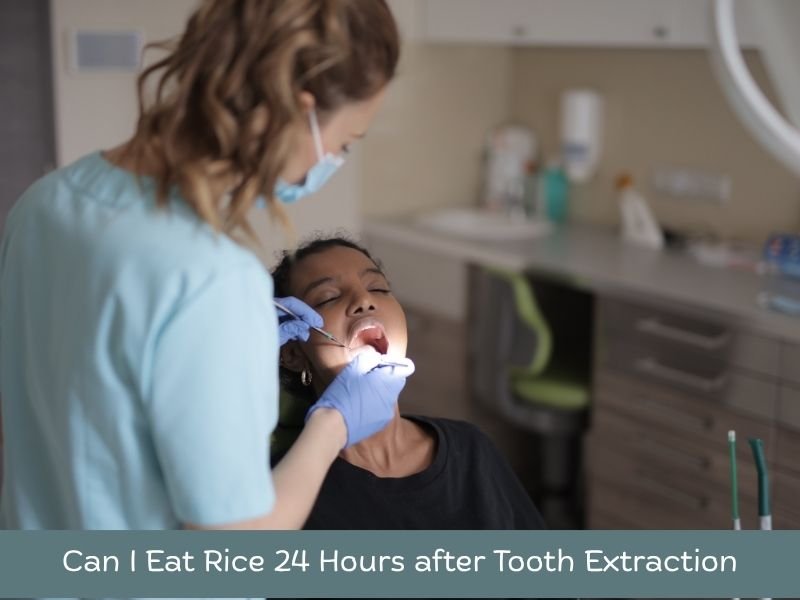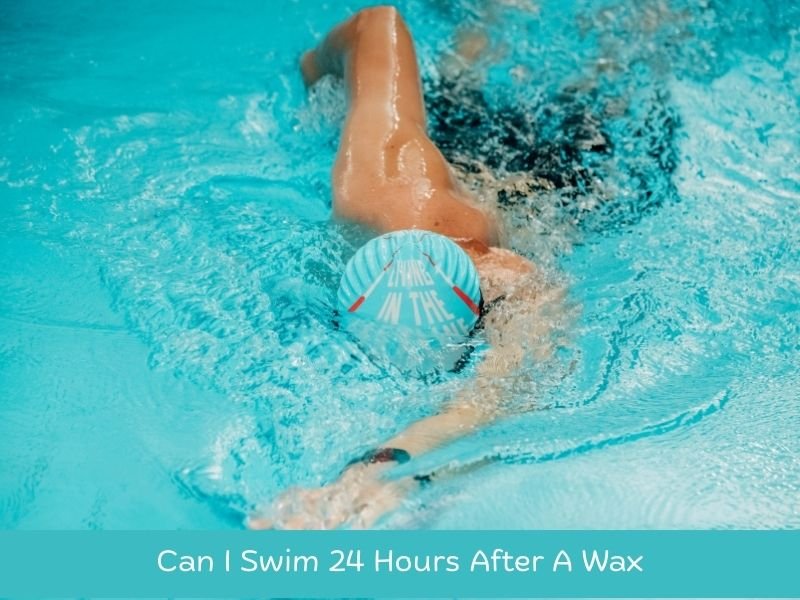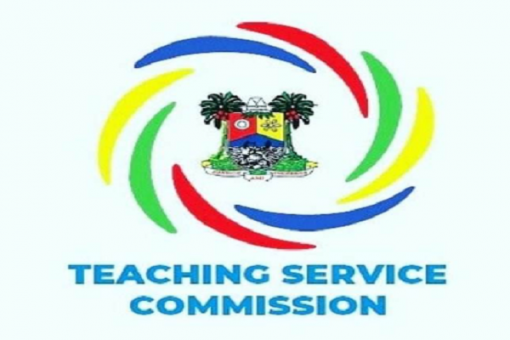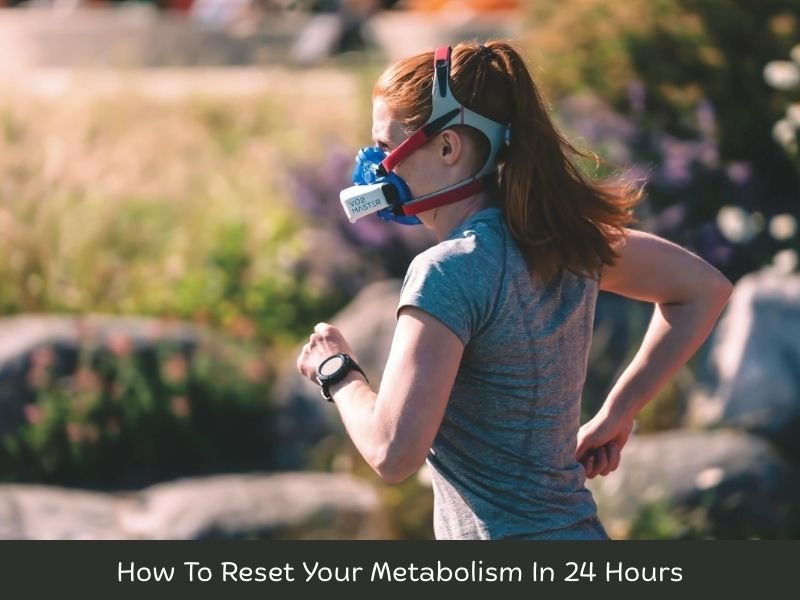Tooth extraction is a common dental procedure that requires careful aftercare. Among the many questions that arise post-surgery, one that people frequently ask is, Can I Eat Rice 24 Hours after Tooth Extraction? This concern is valid because what you eat after an extraction directly affects healing, pain levels, and the risk of complications like a dry socket or infection. Rice is a staple in many diets, and the desire to return to familiar foods like rice is understandable. But before reaching for that bowl of rice, it’s essential to understand how it can impact your recovery process.
Why Diet Matters After a Tooth Extraction
Post-extraction care plays a significant role in the recovery timeline. The food you consume can either help or hinder the healing process. Soft, non-chewy, and non-sticky foods are generally recommended during the first 24 to 48 hours. This is the period when the extraction site forms a clot, which is crucial to avoid complications. So, asking Can I Eat Rice 24 Hours after Tooth Extraction is more than just about satisfying hunger—it’s about preventing infections, minimizing pain, and promoting optimal healing.
Rice, depending on its preparation, can either fall into the “safe” or “risky” food category. Soft, well-cooked rice might seem harmless, but it can still pose threats to a fresh wound in the mouth. Understanding why and how rice could be an issue 24 hours after tooth extraction is vital for anyone looking to recover quickly and without setbacks.
What Happens 24 Hours After a Tooth Extraction?
The first 24 hours post-extraction are a critical healing phase. During this time, your body begins forming a blood clot in the socket where the tooth was removed. This clot protects the bone and nerve endings from exposure, reduces bleeding, and starts the tissue regeneration process. Any disturbance to this clot—either from chewing, sucking, or brushing—can delay healing or lead to a painful condition known as a dry socket.
This is why the question Can I Eat Rice 24 Hours after Tooth Extraction must be examined carefully. While rice is generally considered soft, its small grains can easily get stuck in the extraction site. This increases the risk of disrupting the clot or introducing bacteria into the area, which can significantly slow the healing process or lead to infection.
The Risks of Eating Rice Too Soon
So, Can I Eat Rice 24 Hours after Tooth Extraction? The answer depends on multiple factors like how the rice is cooked, how you eat it, and how your healing is progressing. Let’s look at the risks:
-
Dislodging the Blood Clot: Chewing rice—even soft rice—can create pressure that dislodges the protective clot. This can lead to a dry socket, a painful condition that requires additional treatment.
-
Rice Grains Getting Stuck: Tiny rice grains can easily become lodged in the extraction socket. This introduces bacteria and food debris, leading to infection and delayed healing.
-
Increased Chewing Activity: Though rice seems soft, eating a meal of rice still requires chewing, which can strain the surgical area. Overexertion of the jaw muscles can aggravate swelling and discomfort.
-
Temperature Sensitivity: Warm or hot rice might irritate the sensitive extraction site. Temperature control is crucial during the initial recovery hours.
All these factors contribute to why dentists often recommend avoiding foods like rice during the first 24 to 48 hours after an extraction. This brings us back to the central question: Can I Eat Rice 24 Hours after Tooth Extraction? Caution is key.
What Dentists Say About Eating Rice After Tooth Extraction
Dental professionals often advise patients to follow a strict soft-food diet for the first few days after surgery. Most agree that it’s best to wait at least 48 hours before introducing any form of rice into your meals. When asked, “Can I Eat Rice 24 Hours after Tooth Extraction,” the general response is no—not yet.
Dentists stress that sticking to liquids and smooth purees is the safest course during the first 24 hours. These foods require no chewing, reduce the risk of clot disturbance, and are easier to manage when the mouth is sore or numb.
Rice, although soft, does not meet all the criteria for a post-extraction-safe food. This is why the recommendation is usually to avoid it until at least 48 to 72 hours after the procedure—unless the dentist provides a personalized exception based on the complexity of your extraction and the speed of your recovery.
Better Alternatives to Rice Within 24 Hours
If you’re wondering, “Can I Eat Rice 24 Hours after Tooth Extraction,” you’re likely also searching for what you can eat instead. Here are some alternatives that are safer during this early healing stage:
-
Smooth mashed potatoes: Creamy, easy to swallow, and nutritious.
-
Blended soups: Avoid chunky bits. Pureed vegetable soup can be filling and gentle.
-
Yogurt: Soft, protein-rich, and cooling on sore gums.
-
Applesauce: Mild and easy on the mouth.
-
Oatmeal (lukewarm and thin): Only if your dentist says it’s okay—usually after 24 hours.
These foods offer the nourishment you need while giving your mouth the break it deserves.
Cultural Importance of Rice and the Struggle to Avoid It
In many parts of the world, rice is not just food—it’s a way of life. It’s part of nearly every meal, from breakfast to dinner. So the question, Can I Eat Rice 24 Hours after Tooth Extraction?” is not merely about preference but about deeply ingrained dietary habits.
For example, in many Asian, African, and Latin American cultures, rice is a daily staple. Avoiding it, even temporarily, can feel like a major disruption to daily living. But when it comes to oral surgery recovery, health must come before habit. Adapting temporarily to other soft foods is an essential step in ensuring long-term healing and comfort.
When Can I Safely Eat Rice After Tooth Extraction?
Understanding the right time to reintroduce rice after a tooth extraction is essential for a smooth recovery. Generally, most dental professionals recommend waiting at least 48 to 72 hours before consuming rice or other similar textured foods. This period allows for the initial clot to stabilise, reducing the likelihood of complications like dry sockets.
But even after 48 hours, it’s important to assess your healing. If you feel significant discomfort, swelling, or sensitivity, it might be wise to wait longer. Every individual’s healing process is different. Some may be ready by the second or third day, while others might need a week before eating rice is safe.
If you’re wondering, can I eat rice 24 hours after tooth extraction, keep in mind that the condition of the extraction site is the most important factor. Soft food doesn’t always mean safe food—rice, though soft, can be sticky, grainy, and prone to lodging in the healing socket.
What Type of Rice is Least Risky to Eat First?
Not all rice is created equal when it comes to post-extraction meals. If you are cleared to try rice after a couple of days, you should select softer varieties that stick together more and are less likely to fall apart in the mouth. Here are some safer rice options to consider:
-
Sticky white rice (like sushi rice): Its clumping texture makes it easier to control during eating and less likely to scatter into the extraction site.
-
Well-cooked jasmine or basmati rice: If cooked thoroughly until very soft and slightly mushy, these can be consumed carefully in small quantities.
-
Congee or rice porridge: This is the best transitional form of rice after extraction. The texture is smooth and hydrating, with no risk of sharp grains.
Avoid fried rice, crunchy rice, or undercooked brown rice, as these textures pose a greater risk to healing wounds.
How to Prepare Rice Safely During Recovery
If your dentist has confirmed you can start eating rice again, how you prepare it matters significantly. Here are some practical tips for ensuring your rice dish is extraction-site friendly:
-
Cook Until Very Soft: Even if you usually prefer your rice firm or al dente, post-extraction meals should be cooked extra soft. Use a 1:2.5 or even 1:3 rice-to-water ratio for maximum softness.
-
Avoid Spices and Acidic Sauces: Highly seasoned or acidic rice dishes like jollof rice, biryani, or fried rice with chili or vinegar may irritate the healing site. Stick to bland or lightly seasoned rice initially.
-
Use Broth Instead of Water: Cooking rice in a mild chicken or vegetable broth adds flavor and nutrients while maintaining a soft texture.
-
Eat on the Opposite Side: Chew on the side of your mouth opposite the extraction site. If you had multiple teeth removed or a wisdom tooth extracted in the back, use extra caution to avoid rice touching the wound.
-
Rinse Your Mouth Gently After Eating: After eating rice, it’s important to rinse with warm salt water (not forcefully) to remove any grains that may have slipped into the socket.
So, while you may be tempted to ask again, can I eat rice 24 hours after tooth extraction, it’s better to wait and use these precautions to reintroduce rice gradually and safely after a few days.
What to Do If Rice Gets Stuck in the Extraction Site
Despite your best efforts, a grain of rice might get trapped in the extraction site once you resume eating solid foods. Here’s what you can do:
-
Do not poke at it with a toothbrush, toothpick, or your finger. This may dislodge the clot or damage healing tissue.
-
Rinse with warm salt water multiple times, gently to flush it out.
-
Use an irrigating syringe if one was provided by your dentist. This tool is designed to help you rinse out food debris without harming the clot.
-
Contact your dentist if discomfort, swelling, or bad odor follows. It may be a sign of infection or food impaction.
If you’re still within the 24–48-hour window, and you’re asking yourself again, can I eat rice 24 hours after tooth extraction, remember that early food particles are harder to dislodge and can lead to more serious issues than minor discomfort.
Common Mistakes People Make When Reintroducing Rice
Many people underestimate the effects of texture and preparation after oral surgery. Here are some mistakes to avoid when it comes to rice after extraction:
-
Assuming all rice is safe after one day
Even if you feel fine, internal healing is still in the early stages. Eating rice too soon may not cause immediate pain but can lead to delayed healing or infection. -
Choosing spicy rice dishes
Spices can irritate the wound and prolong the healing process. Avoid seasoned rice until the socket has completely closed. -
Not chewing properly
If you’re trying to avoid disturbing the site by swallowing half-chewed rice, you risk choking or digestive discomfort. Soft foods should be easy to chew gently and swallow without effort. -
Skipping oral rinses
If you forget to rinse your mouth after eating, rice grains can get stuck and fester. Make rinsing a routine after every meal.
Avoiding these pitfalls can help you return to your normal diet without compromising recovery.
Can I Eat Rice with Sauce or Gravy?
If you’ve made it to the third or fourth-day post-extraction and are feeling confident, adding sauces or gravy might seem like a tasty upgrade to plain rice. But caution is still warranted.
-
Mild, lukewarm sauces like plain gravy, butter sauces, or lightly seasoned broth are safe if they’re not too hot or spicy.
-
Avoid tomato-based or acidic sauces, which may sting and delay healing.
-
Creamy sauces like cheese or yogurt-based toppings can be fine if consumed in small amounts and chewed away from the extraction site.
So again, while the temptation is strong, always revisit the question: Can I eat rice 24 hours after tooth extraction? The safe answer, especially when sauces are involved, is to wait until day 3 or later—then proceed cautiously.
Can I Eat Fried Rice 24 Hours after Tooth Extraction?
Fried rice is a frequent craving, but unfortunately, it’s one of the riskiest options so soon after surgery. Fried rice usually includes:
-
Hard or crunchy bits (like fried egg or carrots)
-
Sticky rice clumps that are harder to rinse away
-
Oily residues that may irritate the wound
-
Various spices and seasonings
Even if the rice itself is soft, the mix-ins can be hazardous. It’s recommended to completely avoid fried rice until after the first week of healing has passed.
Long-Term Oral Care and Dietary Choices After Tooth Extraction
Eating rice again after the appropriate healing time doesn’t mean you can go back to all your habits immediately. Here are a few long-term considerations:
-
Keep meals soft for 7–10 days: Even once you pass the 24-hour mark, the wound is still vulnerable to food particles.
-
Drink lots of water to stay hydrated and flush food debris.
-
Chew slowly and mindfully for at least a week to avoid food slipping into the socket.
-
Brush and rinse as instructed by your dentist to keep the area clean and bacteria-free.
Keeping a close eye on your healing progress will help you know when it’s truly safe to resume a normal diet—including your favorite rice dishes.
Conclusion
If you’re still pondering the question, can I eat rice 24 hours after tooth extraction, the safest and most informed answer is no—not yet. Though rice may seem soft and harmless, its small grains can pose serious risks to a freshly healing extraction site.
Waiting at least 48 to 72 hours, choosing the right type of rice, and preparing it with extra care are all necessary steps for a healthy recovery. Rely on softer foods like soup, mashed potatoes, yogurt, or porridge during the critical first 24 hours. Once your dentist clears you and you feel no pain or swelling, rice can return to your plate safely—cooked soft, served mild, and eaten gently.






